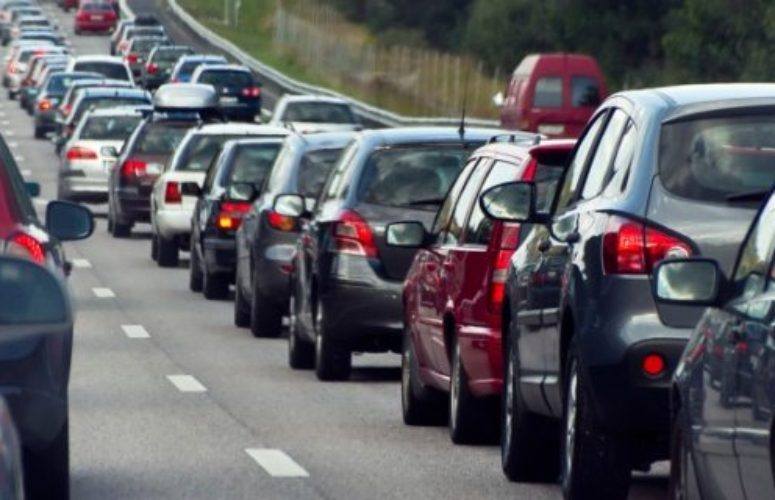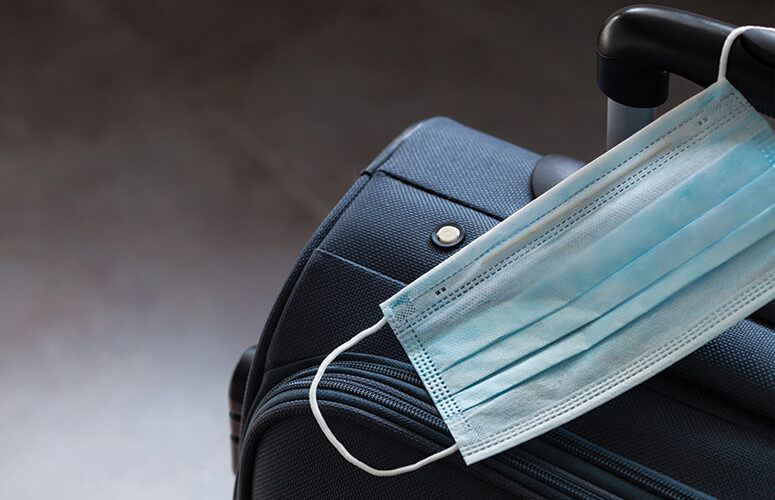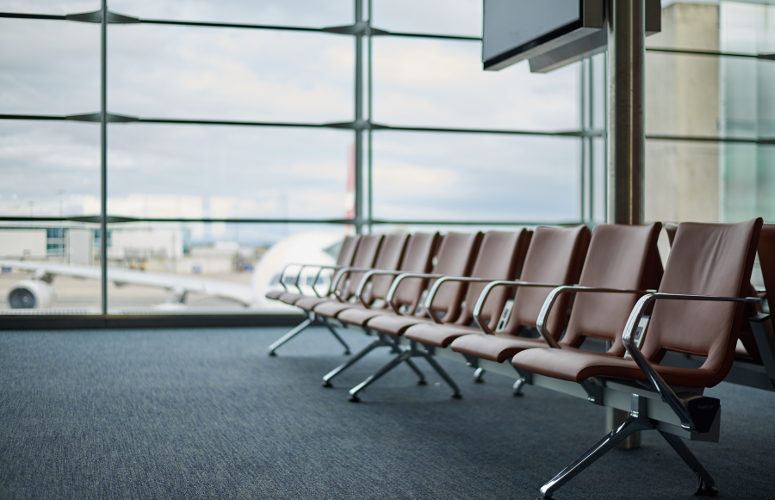
Record-High Number of Americans Plan to Travel for Fourth of July
On Jun 29, 2018Nearly 47 million Americans, including over 1.32 million from New Jersey, plan to take a trip this Fourth of July, an increase of more than five percent compared with last year. For overall travel, this is the highest Independence Day travel volume since AAA started tracking 18 years ago; this is the highest travel volume of NJ travelers since 2007, when 1.35 million traveled. Almost 85 percent of holiday travelers will hop in the car for a road trip. As a result, INRIX, a global transportation analytics company that has partnered with AAA, predicts travel times in the most congested cities in the U.S. could be twice as long as the normal trip, with Tuesday being the busiest day.
“More Americans will take to the nation’s roads, skies, rails and waterways this year than ever before, making the 2018 Independence Day holiday one for the record books,” said Robert Sinclair, Manager of Media Relations for AAA Northeast. “You also have consumers with disposable income that will be looking to spend on travel this holiday, adding to what’s already been a busy summer travel season.”
In addition to strong economic variables, the expected increase in travelers this year is helped by Independence Day falling on a Wednesday, giving travelers more flexibility to schedule a trip the weekend before or after the holiday. The Independence Day holiday period is defined as Tuesday, July 3 to Sunday, July 8.
TRAVEL BY THE NUMBERS
Automobile
• New Jersey – 1,118,938 (84.3% of travelers), a 3% increase from last year.
• Nationally – 39.6 million (84.5% of travelers), a 5.3% increase from 2017.
Air
• New Jersey – 108,878 (8.2% of travelers), an increase of 7.1% from those who flew in 2017.
• Nationally – 3.76 million (8% of travelers), an increase of 7.9% from last Fourth of July.
Train, Bus, Watercraft or Other Mode
• New Jersey – 99,565 (7.5% of travelers), a 1% increase from Fourth of July 2017.
• Nationally – 3.5 million (7.5% of travelers), an increase of 5.8% from last year.
Gas Prices Starting to Stabilize Heading Into Independence Day
The almost 85 percent of travelers opting for a road trip this holiday will welcome lower gas prices than they have in recent weeks. Gas prices have slowly but steadily started to fall since the 2018 high of $2.97 set over Memorial Day weekend. Since then, the national gas price has dropped 13 cents to $2.84 (as of June 28), which is 60 cents more than one year ago. However, gas prices are having little effect on travelers this Independence Day, with a record number of travelers still planning to hit the road.
In New Jersey, today’s average price for a gallon of gas is $2.87,14 cents cheaper than Memorial Day, but 60 cents higher than last year.
Independence Day gas prices, average per gallon, in New Jersey since 2013
2018: $2.87 (as of June 28, 2018)
2017: $2.27
2016: $2.08
2015: $2.59
2014: $3.56
2013: $3.35
Tips for drivers
AAA expects to rescue more than 362,000 motorists at the roadside around the Independence Day holiday, with dead batteries, lockout and flat tires being the main reasons AAA members will experience car trouble. AAA recommends motorists take their vehicle to a trusted repair facility to perform any needed maintenance before heading out. Oil changes, fluid level checks, battery tests and tire inspections go a long way toward reducing the chances of a breakdown.
AAA also recommends motorists be prepared for emergencies with a mobile phone and car charger, a flashlight with extra batteries, a first-aid kit, a basic toolkit, and drinking water and snacks for all passengers.
Even with preplanning, unexpected emergencies can still occur. Members can download the AAA Mobile app, visit AAA.com or call (800) AAA-HELP (222-4357) to request roadside assistance.
Drivers Beware: Terrible Tuesday
INRIX, in collaboration with AAA, predicts drivers will experience the worst congestion over the holiday week on Tuesday, July 3 in the late afternoon — as commuter leave work early and mix with holiday travelers. Travel times could increase two-fold in the major metro areas across the U.S., with drivers in Los Angeles, New York and Washington, D.C. experiencing the most significant delays.
“With a record-level number of travelers hitting the road this holiday, drivers must be prepared for delays around major metros,” says Scott Sedlik, general manager and vice president – public sector, INRIX. “Although travel times are expected to nominally increase throughout the week, Tuesday afternoon will hands-down be the worst time to be on the road. Our advice to drivers is to avoid peak commuting hours altogether or consider alternative routes.”
Related Articles:





